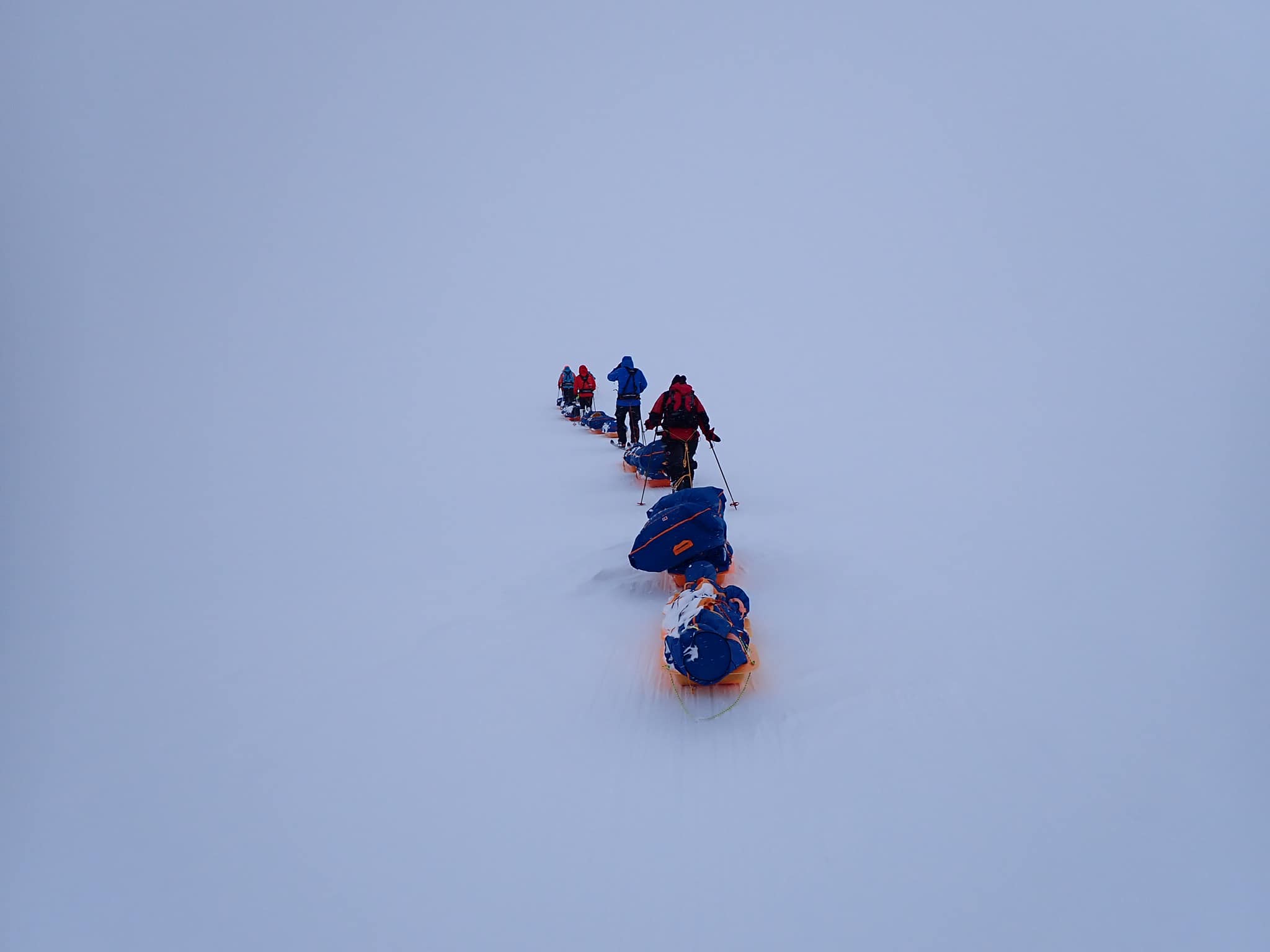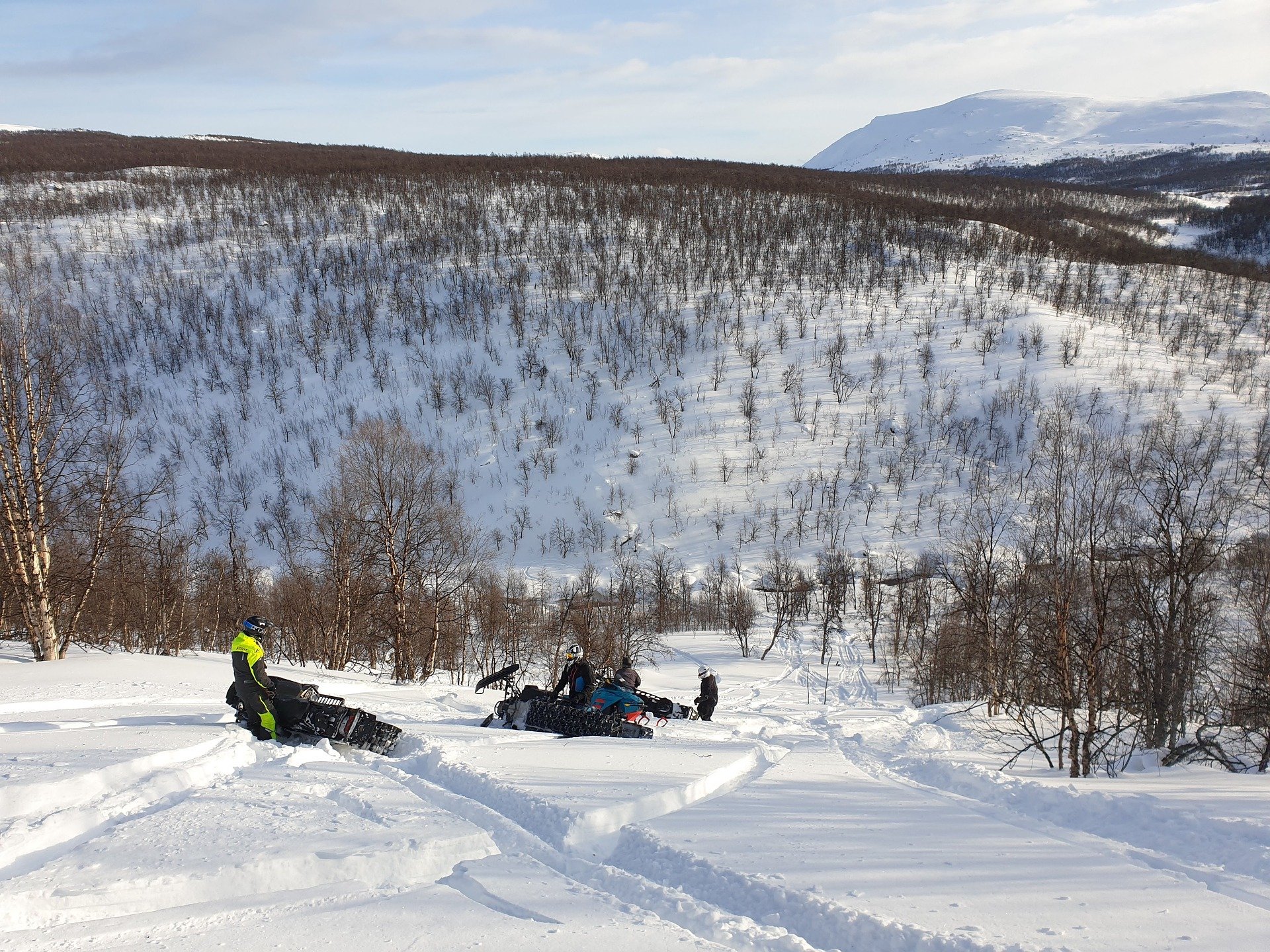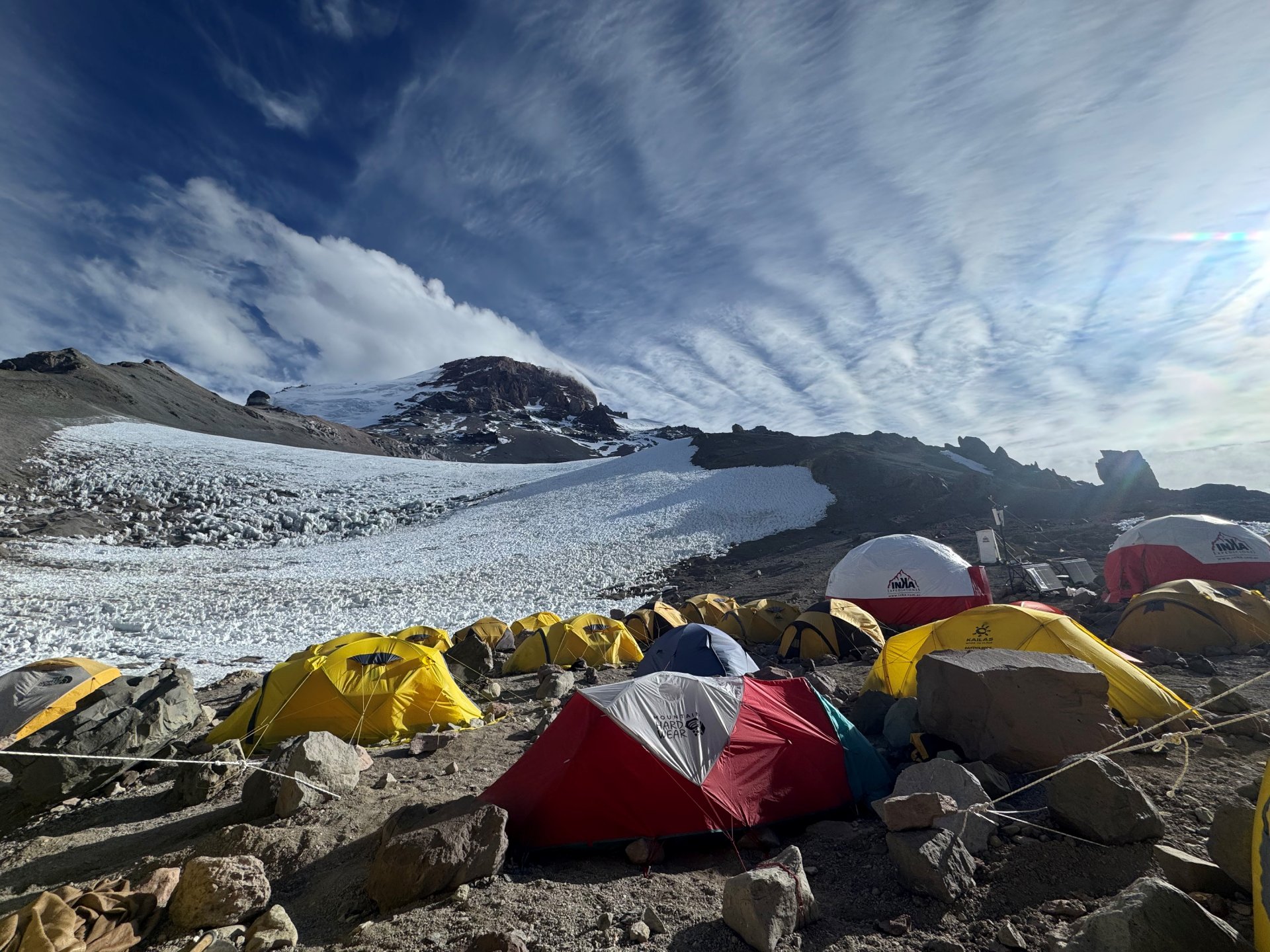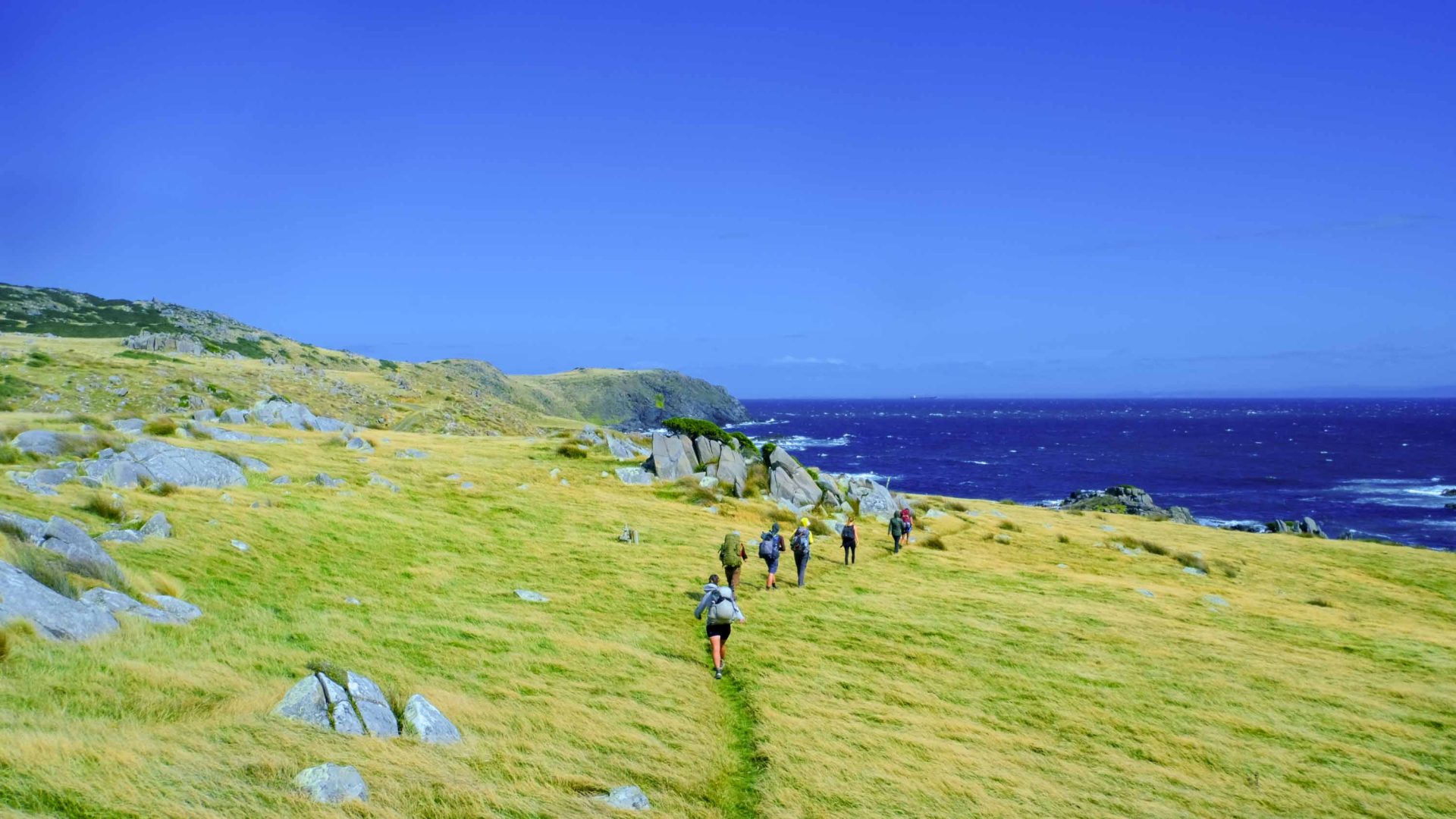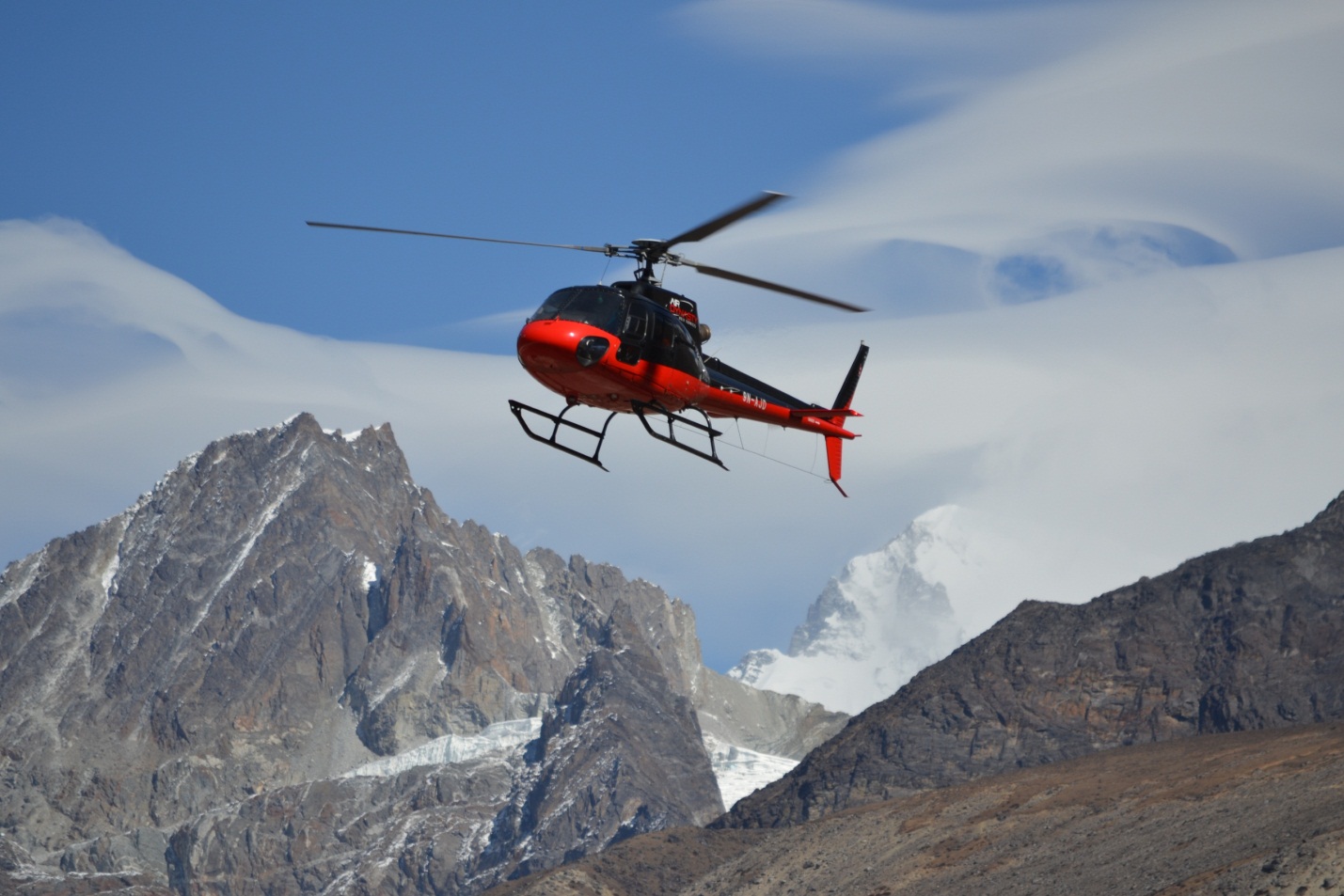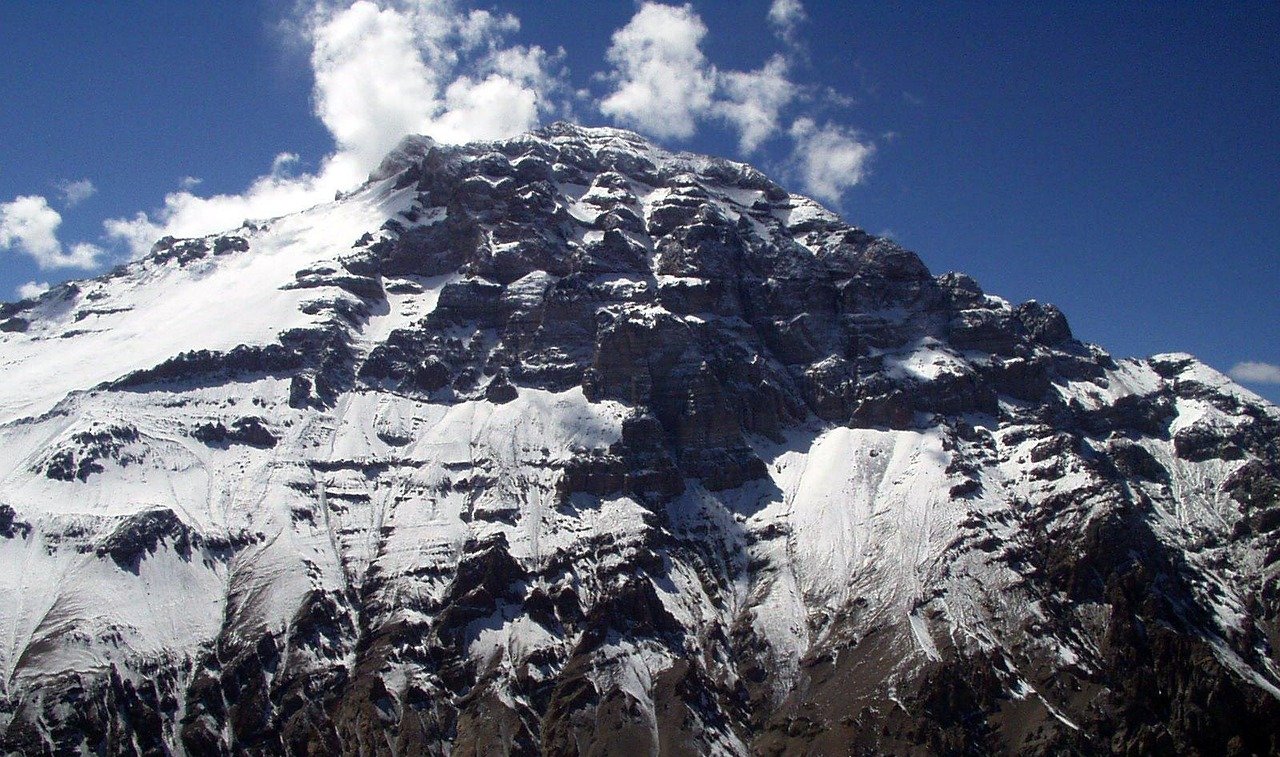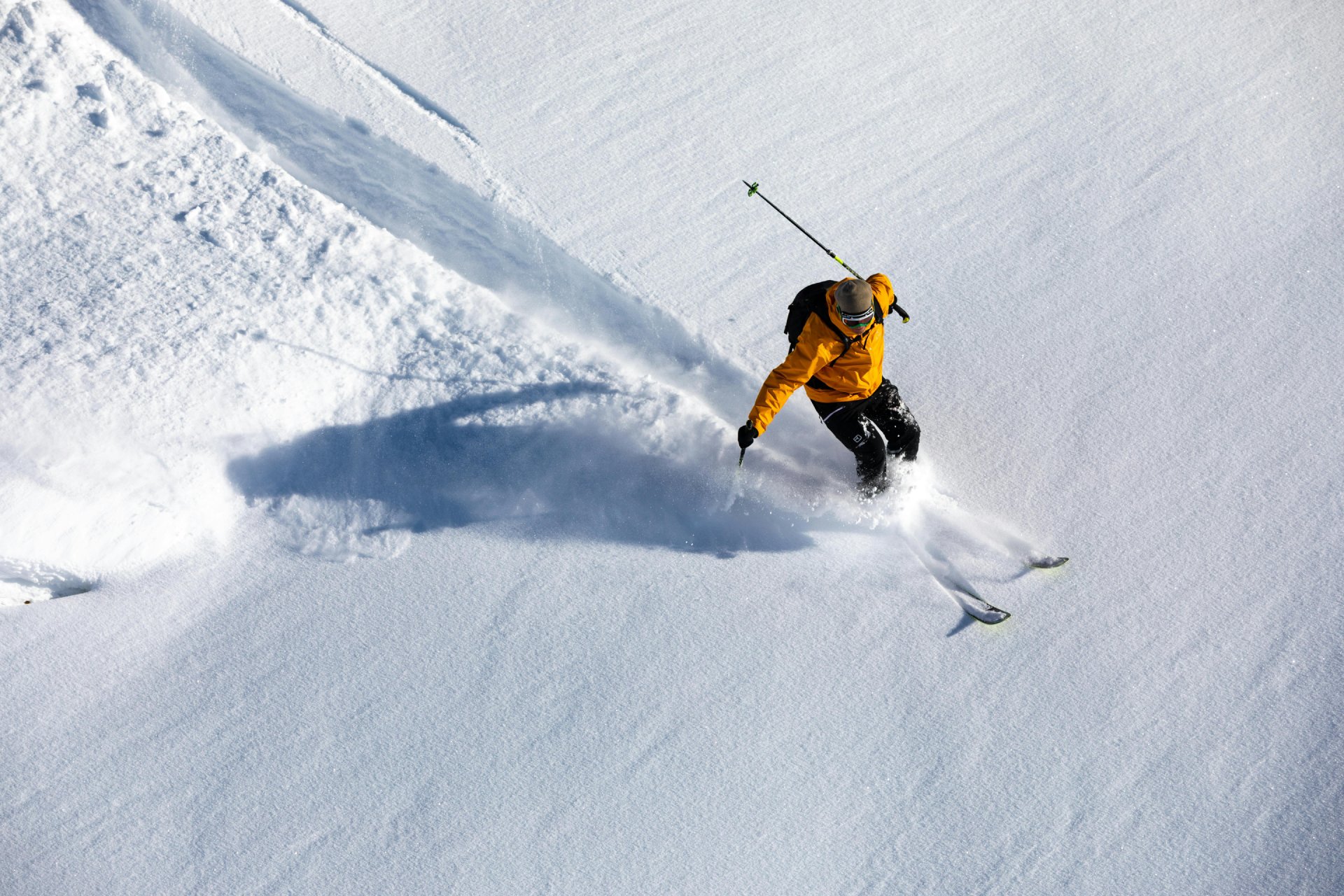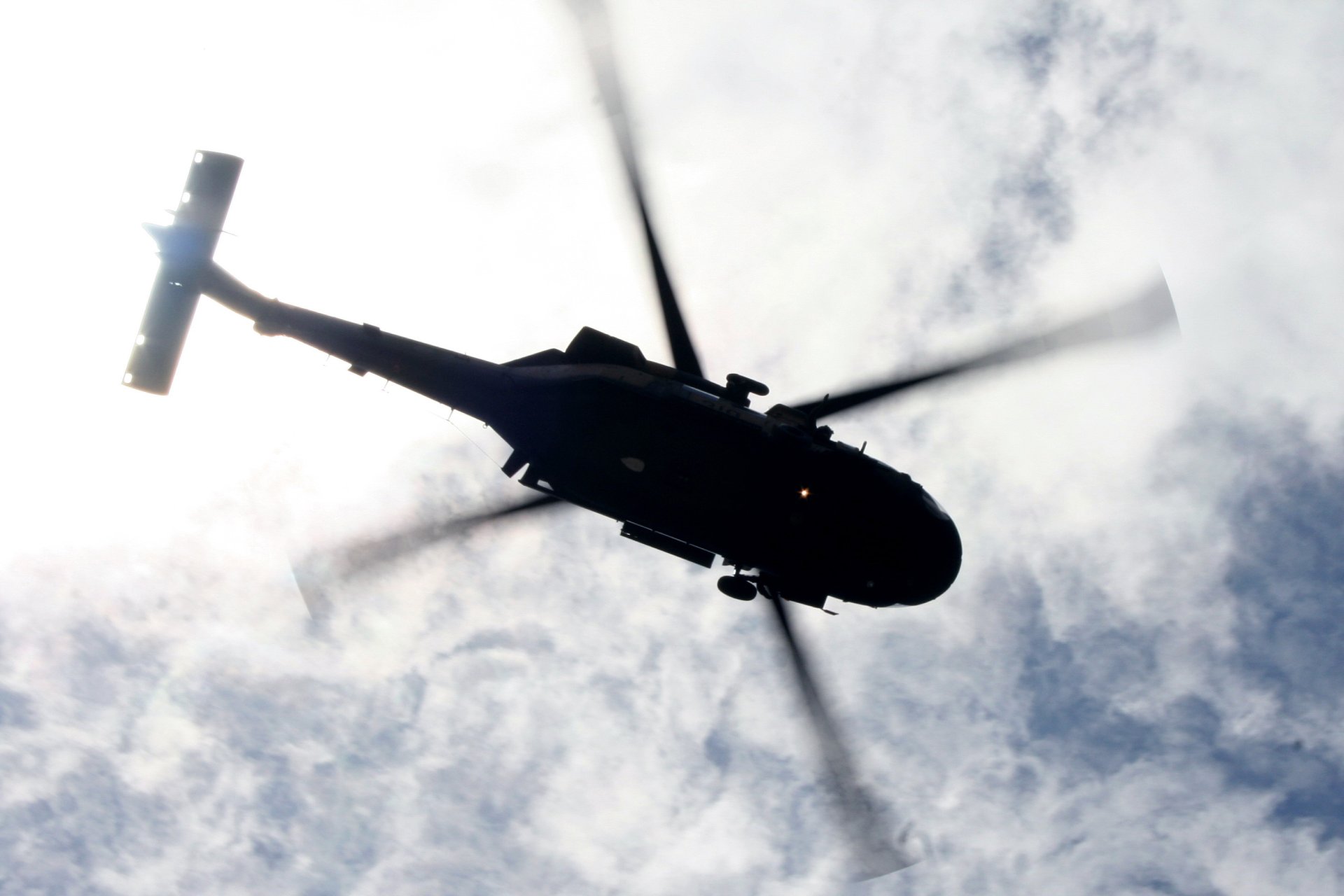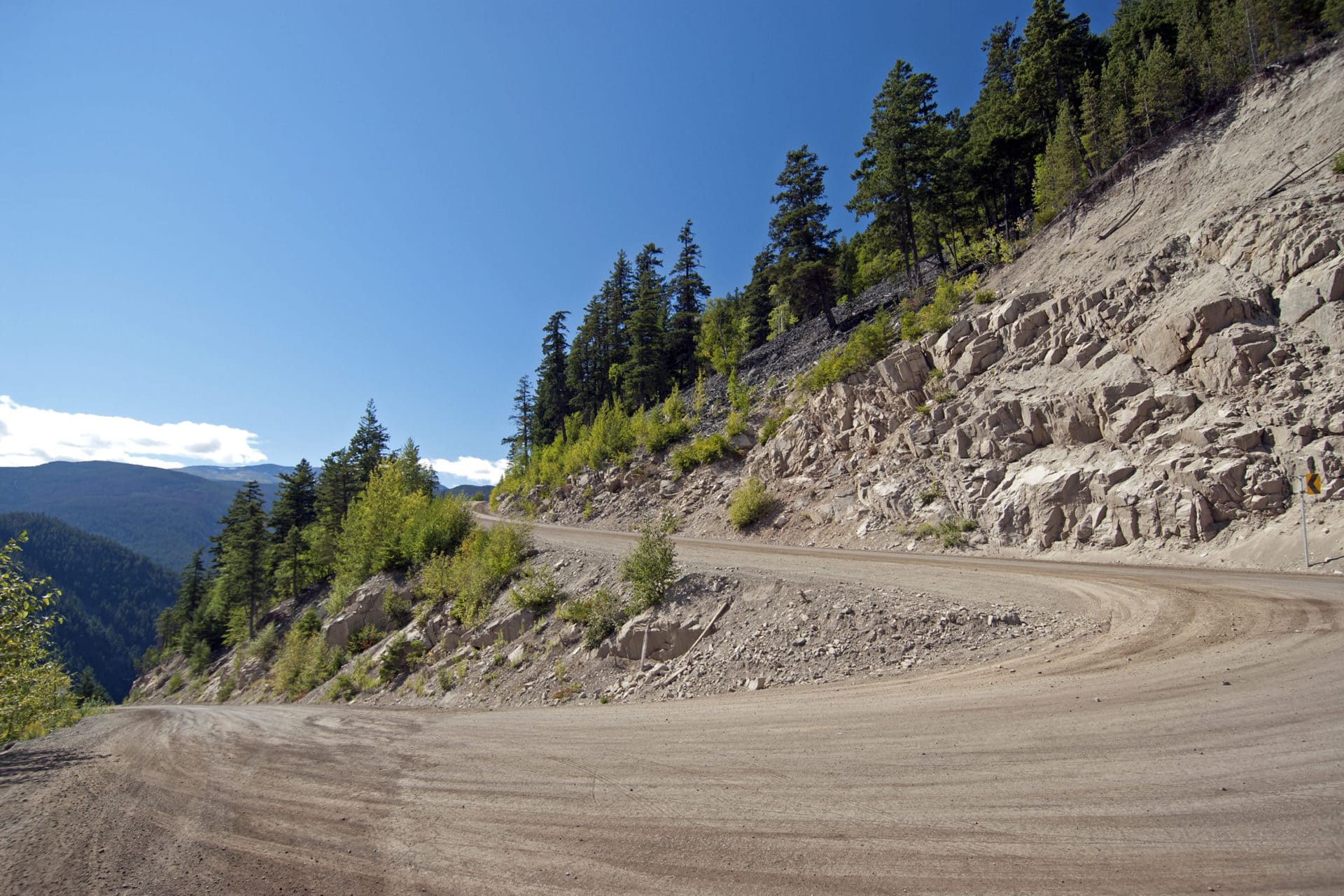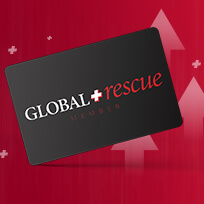Traversing the Greenland ice sheet is not for the faint of heart, but Ada Myhren, a top tier athlete from Norway, was ready. Then the unexpected happened, resulting in a call to Global Rescue. Read her travel story.
From Norse explorer Erik the Red’s discovery in the 980s to the first crossing in 1899, traversing Greenland’s ice sheet is not for the faint of heart. According to Hvitserk and Eventyrreiser, a tour operator with the most Greenland crossings and a Global Rescue Safe Travel Partner, “there is no reason to underestimate the physical challenge. This expedition requires you train systematically over time on the two things that apply: skiing and pulling something heavy after you.”
The Greenland expedition was the trip of dreams for Ada Myhren, a top tier athlete who has participated in many endurance events.
“I am from Norway — born with skis on my feet — and love being outdoors. I have about 50 to 100 nights in a tent a year. I have been on several skiing and hiking trips in Norway and other places in the world,” said Myhren, a digital business developer. “I have prepared myself in all possible ways for crossing the Greenland Ice for about a year. Some of it exercising with tires, preparing the equipment, and going on training trips in Norway.”
But Greenland’s glacial land ice was a tough adversary. Myhren’s guide Morten Johansen called Global Rescue on day 16 when she collapsed.
A Year of Training
It takes anywhere from 22 to 30 days to cross Greenland’s ice sheet. Explorers/adventurers/travelers must be prepared to travel approximately 20 kilometers (12 miles) each day. Skiers should have cross country ski experience, a history of shorter ski expeditions, and mandatory sled hauling experience. Many guides require training course completion as well as shorter crossings, like Hardangervidda Crossing (130 km/80 miles over a high arctic plateau in Norway) and the Svalbard Crossing (10 days on skis pulling your equipment).
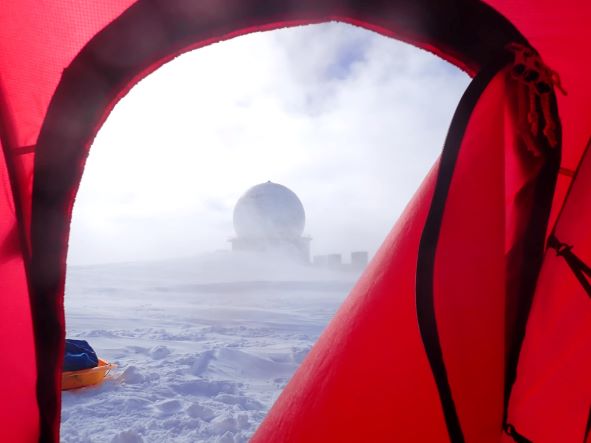
“Crossing the Greenland ice is an adventure that takes one month — 26 days on the ice,” Myhren said about her April 2022 trip. “You take the equipment and food for all the days. Total weight is about 70 kg (154 pounds) to start with.”
With a year of training under her belt, Myhren was ready to cross Greenland’s historic and impressive inland ice — 600 kilometers (372 miles) from coast to coast.
The first half of her trip was exactly what she expected. Myhren posted some details on Facebook: “A walk through fantastic glacier falls, white ice surface as long as the eye can reach, swaying uphill to 2,500 meters. A trip to the abandoned American station DYE2, which was a great time travel back to the 1980s for those of us who remember it. It is amazing to go on such a trip that is the same every day, where every day is more and more about the absolutely necessary routines such as melting enough snow, eating at every opportunity, and sleeping beyond walking every day. For me, the trip stopped abruptly on day 16 and changed to a trip to the hospital in Nuuk.”
The Unexpected Happens
Everyone reacts differently to days on the ice sheet. The group, working as a team, makes travel decisions depending on the route, the temperature and how everyone feels.
“The night before it was about -40 degrees Celsius. When we started skiing it was -27 degrees and windy. We had passed the highest point on the ice,” Myhren said. “At the middle of the day, I just collapsed — I lost consciousness for several minutes. At that point they didn´t know the reason for the collapse.”
Her guide made contact with Global Rescue, activating a field rescue from the point of illness or injury. In this case, the location was in the middle of an ice sheet in remote Greenland (Latitude 66.355619, Longitude -44.154997). The message: “If possible, they should bring oxygen with the helicopter, and possibly a doctor.”
“Her group reported Myhren had lost consciousness for about five minutes, and had just woken up. A nurse on scene reported a very weak and slow pulse with shallow respirations,” said Jeffrey Weinstein, operations supervisor at Global Rescue. “Rescue was facilitated by rotary wing aircraft to the only real hospital in Greenland.”
Recommendation without Hesitation
Myhren spent three days in Queen Ingrid’s Hospital, the central hospital in Greenland, where she recovered to a point where she was deemed medically fit to fly home. Global Rescue provided medical advisory services from start to finish — following her progress from Kangerlussuak, Greenland to Oslo, Norway.

“I was surprised about the degree of service you delivered after the rescue. It was so nice the way you followed up on how I was doing until I got home,” said Myhren, who slept on the plane any chance she could. “I felt so comfortable Global Rescue was there the whole time — it could not have been better. I really felt that you were doing your absolute best.”
Myhren’s expedition is a good example of how even if you are prepared physically, disaster can still strike when you least expect it.
“I will absolutely recommend having a Global Rescue membership without hesitation,” Myhren said. “I will use you on my trips in the coming years — Greenland is fantastic and deserves more visits — but I hope this was the only time I will need to use it.”

